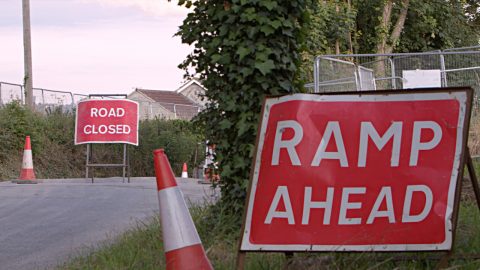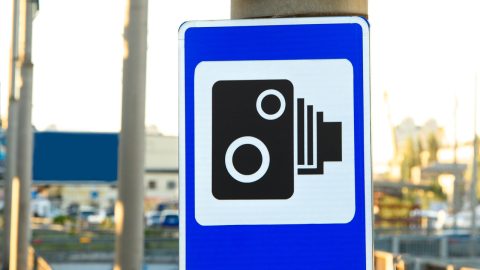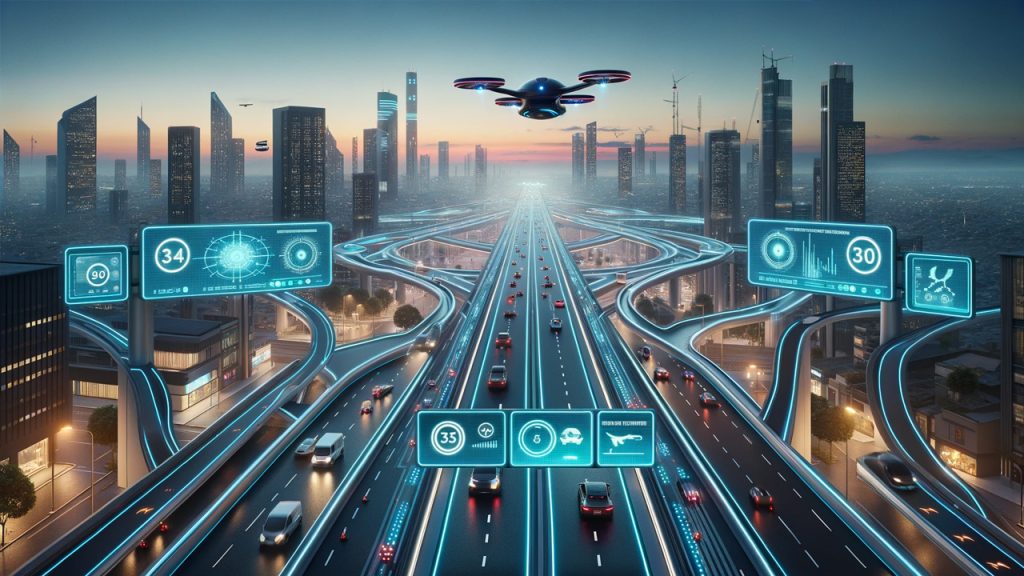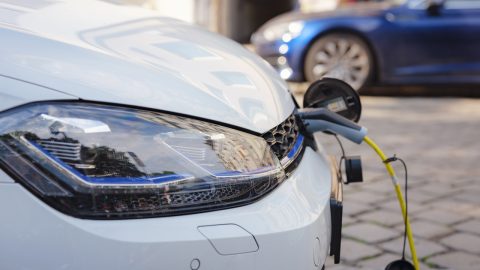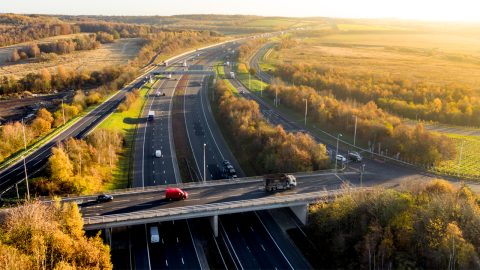In the evolving landscape of road safety, speed enforcement technology stands at the cusp of significant change. The traditional methods of speed detection and enforcement are rapidly being augmented, and in some cases, replaced by advanced technologies designed to increase efficiency, accuracy, and safety on our roads. As we navigate through these advancements, it’s essential to understand the potential impact and benefits they bring to both drivers and law enforcement agencies.
1. Automated Speed Cameras: The Next Generation
The future of speed enforcement is likely to see widespread adoption of next-generation automated speed cameras equipped with sophisticated algorithms and machine learning capabilities. These cameras will not only capture speed violations more accurately but also identify patterns that can predict potential hotspots for speeding and accidents.
2. Drones: The Eye in the Sky
Drones are set to play a pivotal role in speed enforcement, offering a bird’s eye view that’s impossible for stationary cameras and patrol units to achieve. With the ability to cover vast areas and difficult terrains, drones can monitor traffic flow, detect speeding vehicles, and even provide real-time data during high-speed pursuits.
3. AI-Powered Analysis
Artificial Intelligence (AI) is revolutionising the way traffic data is analysed, enabling law enforcement to make informed decisions based on real-time and historical data. AI can identify trends, predict peak speeding times, and suggest optimal deployment of resources for maximum impact on road safety.
4. Connected Vehicles and IoT
The integration of the Internet of Things (IoT) in vehicles and road infrastructure will transform speed enforcement by facilitating communication between cars, traffic signals, and speed enforcement systems. This interconnectedness could lead to automated speed compliance, where vehicles automatically adjust their speed based on real-time traffic laws and road conditions.
5. Wearable Tech for Officers
Wearable technology for law enforcement officers, such as smart glasses equipped with facial recognition and license plate scanning, can streamline the process of identifying and processing speed violations on the spot, reducing the need for traditional traffic stops.
6. Public Engagement Platforms
Future speed enforcement may also leverage digital platforms to engage with the public, offering educational resources, real-time traffic updates, and personalised speed alerts. This proactive approach aims to foster a culture of safety and compliance among drivers.
7. Privacy and Ethics in the Digital Age
As technology advances, so do concerns about privacy and ethical use of data. Future speed enforcement technologies will need to balance effectiveness with respect for individual privacy, ensuring that data collection and analysis are conducted transparently and within legal boundaries.
Our Conclusion on the Future of Speed Enforcement
The future of speed enforcement is poised for a technological revolution that promises to make our roads safer and more efficient. By harnessing the power of advanced technologies, law enforcement agencies can look forward to more effective strategies in combating speeding and enhancing overall traffic safety. As we move forward, it will be crucial to navigate these advancements with careful consideration of their implications on privacy, ethics, and public engagement.

